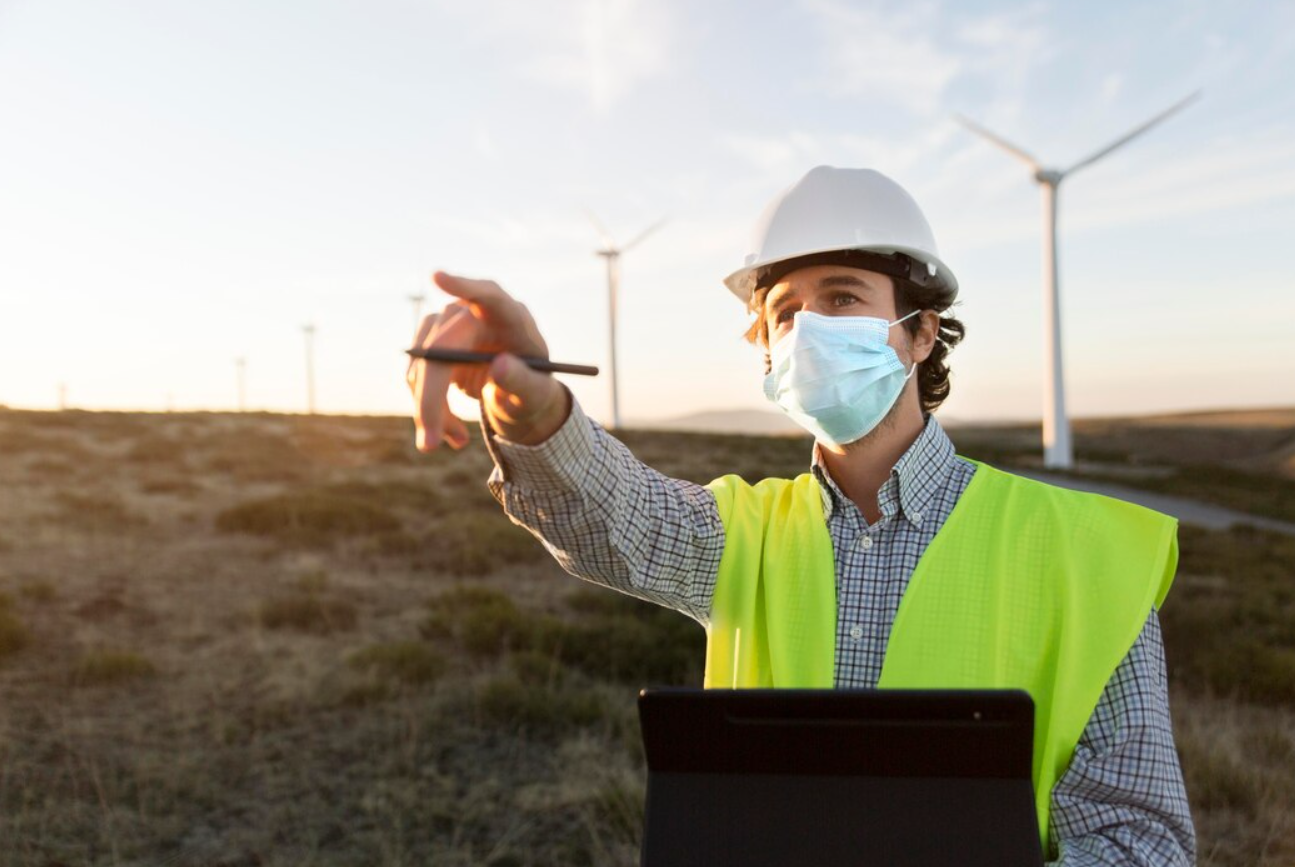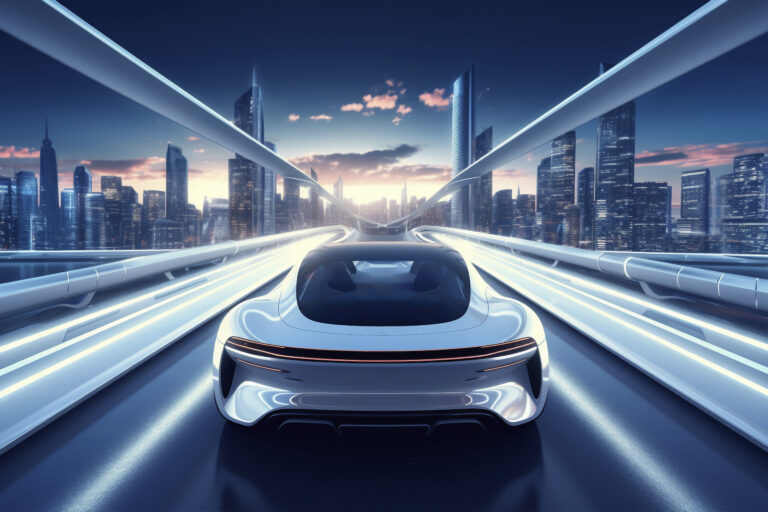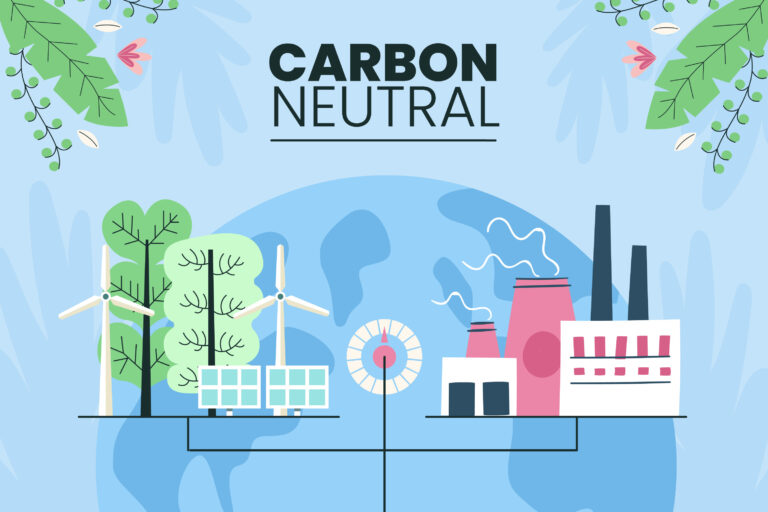The Future of Energy: Tech Innovations to Watch
The energy sector is undergoing a profound transformation driven by technological innovations aimed at creating sustainable, efficient, and reliable energy systems. As we move towards a greener future, several key technologies are emerging that promise to revolutionize how we produce, store, and consume energy. Let’s explore some of the most exciting tech innovations in the energy industry.
Renewable Energy Sources
Renewable energy technologies are at the forefront of the shift towards sustainable energy. Solar, wind, and other renewable sources are becoming increasingly viable and cost-effective alternatives to fossil fuels.
Solar Power Innovations
Solar power continues to evolve with advancements in photovoltaic (PV) technology, making it more efficient and affordable.
- Perovskite Solar Cells: Perovskite materials offer a promising alternative to traditional silicon solar cells, with the potential for higher efficiency and lower production costs. These cells are flexible and can be integrated into a variety of surfaces.
- Bifacial Solar Panels: Bifacial panels capture sunlight on both sides, increasing energy output. These panels are particularly effective in snowy or reflective environments where the ground can bounce additional sunlight onto the panels.
Wind Energy Advancements
Wind energy technology is improving, making it more efficient and adaptable to various environments.
- Floating Wind Turbines: These turbines can be installed in deeper waters where traditional fixed-bottom turbines are not feasible, unlocking vast new areas for wind energy production.
- Vertical Axis Wind Turbines (VAWTs): VAWTs are designed to operate efficiently regardless of wind direction, making them suitable for urban and offshore installations.
Energy Storage Solutions
Energy storage is critical for balancing supply and demand, particularly with the intermittent nature of renewable energy sources.
Advanced Battery Technologies
Battery technology is rapidly advancing, offering better energy density, longevity, and safety.
- Solid-State Batteries: Solid-state batteries replace the liquid electrolyte in traditional batteries with a solid one, enhancing safety and energy density. They have the potential to revolutionize electric vehicles (EVs) and grid storage.
- Flow Batteries: Flow batteries use liquid electrolytes stored in external tanks, allowing for scalable and long-duration energy storage. They are ideal for grid applications and renewable integration.
Hydrogen Storage
Hydrogen is emerging as a versatile energy carrier that can be used for long-term storage and various applications.
- Green Hydrogen Production: Producing hydrogen through electrolysis using renewable energy (green hydrogen) offers a clean energy storage solution. This hydrogen can be stored and used for power generation, transportation, and industrial processes.
Smart Grid Technologies
Smart grids leverage digital technology to improve the efficiency, reliability, and sustainability of electricity distribution.
Grid Modernization
Upgrading the grid infrastructure with smart technologies enhances its flexibility and resilience.
- Advanced Metering Infrastructure (AMI): AMI involves smart meters that provide real-time data on energy consumption, helping utilities manage demand and consumers optimize their usage.
- Distributed Energy Resources (DERs): DERs, such as rooftop solar panels and home batteries, can be integrated into the grid, providing localized energy production and storage.
Artificial Intelligence and Machine Learning
AI and machine learning are being used to optimize grid operations, predict maintenance needs, and enhance energy management.
- Predictive Maintenance: AI algorithms can analyze data from grid sensors to predict equipment failures and schedule preventive maintenance, reducing downtime and repair costs.
- Energy Forecasting: Machine learning models can forecast energy demand and renewable energy generation, helping utilities balance supply and demand more effectively.
Electric Vehicles and Transportation
The transportation sector is seeing a significant shift towards electrification, driven by advancements in EV technology and infrastructure.
Next-Generation Electric Vehicles
Innovations in battery technology, charging infrastructure, and vehicle design are making EVs more accessible and efficient.
- Ultra-Fast Charging: New charging technologies can recharge EV batteries in minutes rather than hours, addressing one of the major barriers to EV adoption.
- Wireless Charging: Wireless charging systems allow EVs to recharge without plugging in, using magnetic fields to transfer energy from a charging pad to the vehicle.
Autonomous and Connected Vehicles
Autonomous and connected vehicle technologies are set to revolutionize transportation, enhancing safety and efficiency.
- Vehicle-to-Grid (V2G) Technology: V2G technology enables EVs to supply power back to the grid during peak demand, providing a valuable energy storage resource and supporting grid stability.
Carbon Capture and Utilization
Carbon capture and utilization (CCU) technologies aim to reduce greenhouse gas emissions by capturing CO2 and converting it into useful products.
Innovative CCU Solutions
New methods of capturing and utilizing carbon dioxide are being developed to mitigate climate change.
- Direct Air Capture (DAC): DAC technologies capture CO2 directly from the atmosphere, which can then be stored underground or used to produce synthetic fuels, building materials, and other products.
- Carbon-to-Value: Transforming captured CO2 into valuable products, such as chemicals, plastics, and fuels, provides economic incentives for carbon capture and supports a circular economy.
Conclusion
The future of energy is being shaped by innovative technologies that promise to make our energy systems more sustainable, efficient, and resilient. From renewable energy advancements and smart grid technologies to electric vehicles and carbon capture solutions, these innovations are driving the transition to a cleaner and more sustainable energy future. By staying informed about these developments, we can better understand and contribute to the evolving energy landscape.






